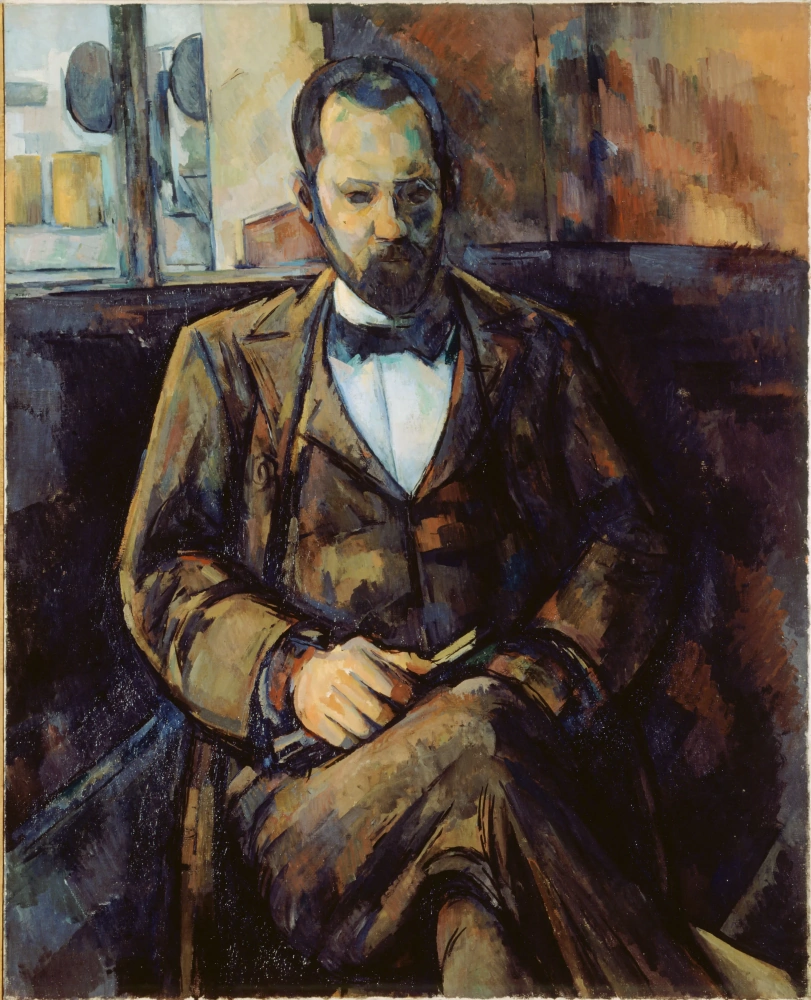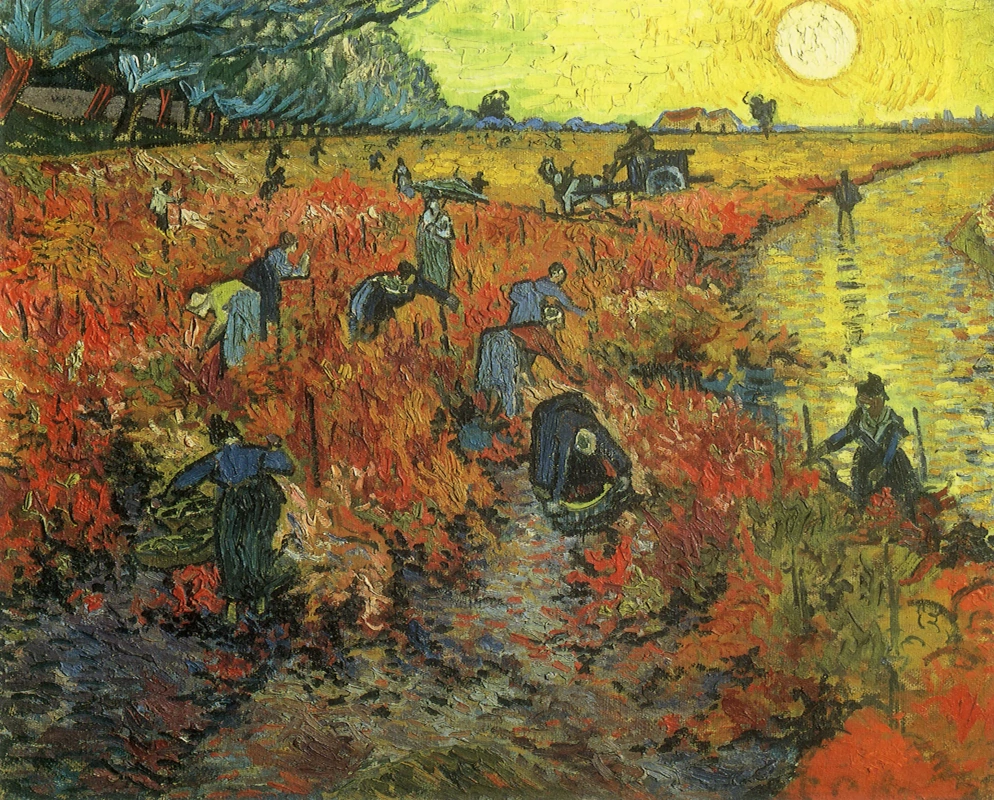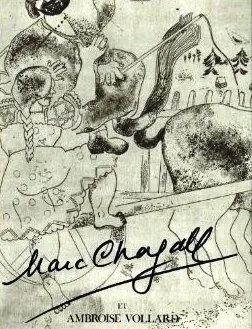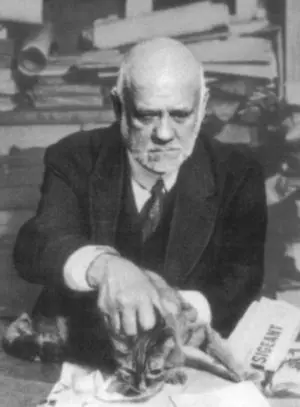
From 1893 — a gallery owner
From laws to paintings

Being almost 27, Vollard opened his first gallery on Paris' rue Laffitte. To be safe, he dried rusks — in case his gallery failed.
However, over time, Rue Laffitte became the main Parisian center of modern (at that time) art. Monsieur Ambroise chose unknown artists, promoted them, raised the price and earned his living that way.
Sometimes the customers left his gallery with a very expensive painting, saying: "I don’t understand why high art is so terrible." They wrinkled their noses and still bought canvases. That’s what the authority of the art dealer was.
In the photo: Parisian street Laffitte (rue Laffitte), where Ambroise Vollard’s gallery of the same name was located.
A cheap Cézanne
According to the legend, once Monsieur Ambroise Vollard visited Paul Cézanne's workshop — and on the spot bought his entire output — about 150 canvases.When the paintings appeared at Rue Laffitte, passersby threatened the owner to smash the windows for displaying such daub — but after a couple of months, there were queues of those, willing to buy that "daub". Vollard sold each canvas for a price 2−3 times more expensive than the initial one.
At the opening of Cézanne's first solo exhibition, Vollard displayed in the window the painting Bathers at Rest, which the academics had previously officially denounced as a disgrace. He was challenging society that way.
The exposition made a stir in Paris, and the gallery workers were afraid that because of it the owner could get one in the eye — literally. However, the owner got a profit instead of a bruise.
However, the art dealer emphasized that when Cézanne painted, all his bad qualities disappeared — and all that remained was the beauty of his personality.

In his Recollections of a Picture Dealer, Vollard described his meetings and retold his dialogues with Gauguin, Monet, Renoir, Pissarro, Rodin, as well as with writers Émile Zola, Stéphane Mallarmé and other outstanding contemporaries.
Vollard’s sharp wit and tongue did their part: the book perfectly conveys the spirit of its time and is a real page turner.
The books Cézanne and Renoir are dedicated to each artist individually.
Money for Gauguin
Despite the fact that Vollard had a nose for talent, he was rather wide of the mark when it came to Gauguin: the art dealer didn’t like the artist’s first paintings, preferring Van Gogh’s works from his collection. He purchased them instead of buying paintings by the master of the workshop.However, Vollard cleaned up his act within a matter of months. By that time, Gauguin had moved to Tahiti. The art dealer wrote him a letter and bought all his paintings of the Tahitian period. In time, many of them ended up in Russia thanks to collectors Shchukin and Morozov: Vollard had close business and friendly relations with them. Now the canvases can be seen in the Pushkin State Museum of Fine Arts and the Hermitage.
At some point, Gauguin’s most expensive painting as of today When Will You Marry? got into Vollard’s hands. He bought it by wholesale for a cheap price. Today’s estimate of the work is $ 300 million.
The first for Picasso: it's not a joke – using two colours at one stroke
In the Rose and Blue Periods of the Spanish master’s work, Monsieur Vollard bought and sold his paintings at a price that satisfied the artist and with a commission, satisfying the art dealer himself. In 1901, Vollard organized Picasso's first major exhibition. Then the Spaniard switched to cubism, but Vollard refused to sell such experiments. However, after a couple of decades, they started to work together again.Many artists painted portraits of Vollard, but Picasso was, perhaps, the most productive in this matter. Vollard didn’t like his first portrait in the style of cubism (1910), but Shchukin did — the work went to Moscow and is now at the Pushkin State Museum of Fine Arts. In the following years, Picasso painted a lot of portraits, classical and not-so-classical — about 20 in total. People have seen far from all of them.
Art is in the books
At the beginning of the 20th century, there were so many talents in Paris that it would have been a shame for Vollard if he hadn’t squeezed something completely new out of them. At some point, the marchand thought that the gallery was too small for his business. He realized that the world in the 20th century was changing rapidly, just like the demands of the public, which meant that it was necessary to be ahead of the game and guess what would become popular the next day.Vollard was the first to invent art-books and involve artists into making them.
Picasso, Matisse, Cézanne, Chagall and many others cooped with Ambroise Vollard’s publishing house.

Picasso created for the art dealer a series of etchings about the Minotaur, while Chagall — illustrations based on the Bible.
Degas illustrated La Maison Tellier by Guy de Maupassant. By the way, this book was published in limited edition, and Picasso was very proud of having the exemplar of it in his collection.
In the photo — marchand in his Parisian apartment, where he kept many sketches for paintings, projects and art books.
The forever-dissatisfied Matisse and a little bit of Fauvism
Vollard arranged Matisse’s first solo exhibition in his gallery. It was 1894. The Fauvist’s paintings sold well not because of a strong demand, but mainly due to low prices for them. It let the artist keep the lights on.
And yet, Matisse hated Vollard to death. After the end of their business relationship, having a short dialogue with one of their mutual acquaintances, he could easily drop a phrase: "Oh, are you having dinner at that bastard’s place today? I don’t envy you." Vollard, in turn, kept silent at every mention of Matisse.
Portraits of Vollard
The art dealer was painted three times by Renoir, countless times by Picasso, twice by Maurice Denis, and by many others. It seemed that all the art-bohemians of Paris wanted to please Vollard’s vanity in order to get an award — an excellent art dealer. However, monsier Ambroise was hardly just an art dealer — rather, he was a businessman and curator of art rolled into one.Interestingly, Vollard’s favourite portrait was created not by Cézanne (1895), whom the art dealer loved, but by Bonnard (1924, in the photo).
Work was Vollard’s life, and he never started a family. Those were only paintings and a cat that were next to him all the time — that is why the pet is immortalized along with its owner in half of the portraits.
The "patron of Post-Impressionism" died in a car accident at the age of 73 (1939), without seeing the horrors of war. Those horrors were seen by Ambroise’s children — his collection of paintings. Some of them got into the hands of his distant relatives, and the rest of the canvases can be found all around the world.
We tend to think that the muses are bodiless spirits or beautiful girls. But a real "muse" looks like Vollard: a man with a stern face, great taste and big plans.
When it comes to the art of the 20th century, he contributed to it no less than the artists themselves — giving them the freedom of creativity. How can you not like him?
Title photo: Auguste Renoir. Portrait of Ambroise Vollard, 1908.
























